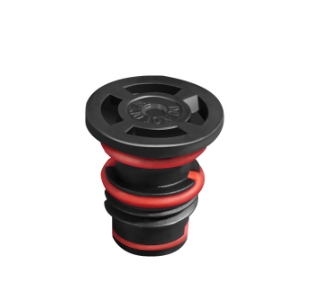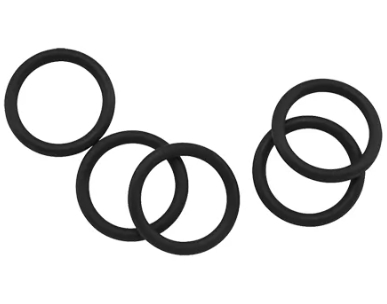Relationship between oil content and aging resistance of PE separator
- By: JinHan
- Oct 10,2022
follow us
PE separator is a new type of separator after rubber separator, glass fiber separator and polyethylene (PVC) separator. It has the advantages of high porosity, small pore size, low resistance, good toughness and sealability. Prevent edge short circuit, reduce active material shedding, and improve battery life.
Since the separator is made very thin, the distance between the plates is reduced, the specific energy of the battery is improved, and it is suitable for low temperature starting. At the same time, the production machinery of the PE separator is relatively high, it can be continuously produced, and can be automatically encapsulated, which improves labor productivity. Qualified finished PE separators generally contain about 13% oil. These oils are evenly distributed on the surface and inside of the PE separators (slightly more on the ribs) to form a protective film, which is good for the polyethylene in the separators. plays a protective role.
When an oxidant (such as oxygen, etc.) appears, the oil is oxidized first, and then the polyethylene. Therefore, the oil can increase the aging resistance of the PE separator to a certain extent. After the PE separator is oxidized (high temperature, oxidant, ultraviolet light, etc.), the polyethylene inside it is degraded, the molecular chain is broken, and the molecular weight is reduced. Internationally, the elongation rate (MDCMD) and the elongation rate after oxidation (MDCMD) of the PE separator are usually used to measure the oxidation resistance of the separator.
--End--

 English
English Russian
Russian Portuguese
Portuguese Arabic
Arabic Bangla
Bangla Indonesian
Indonesian








